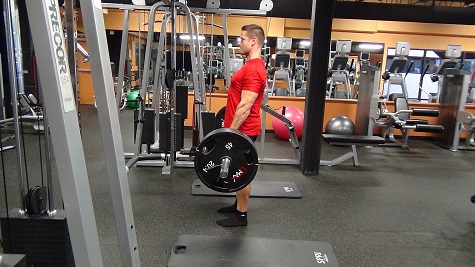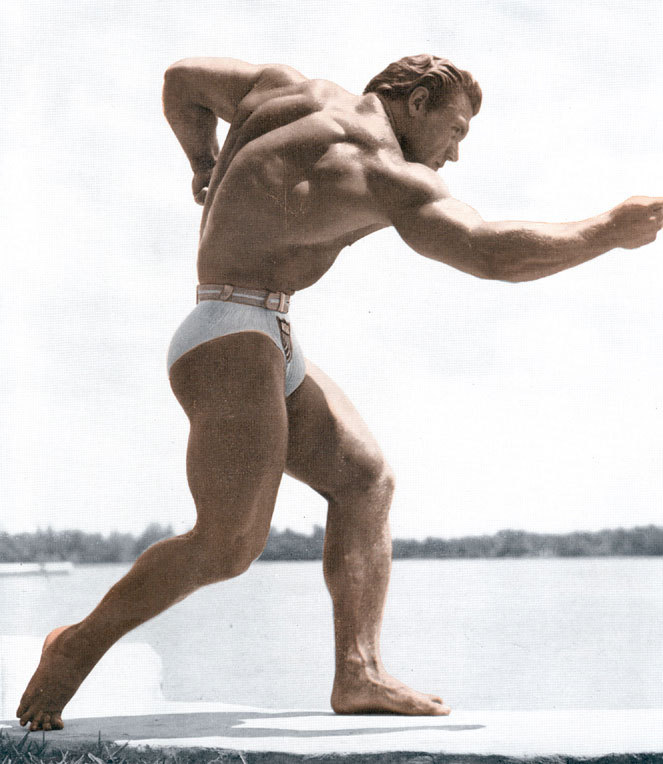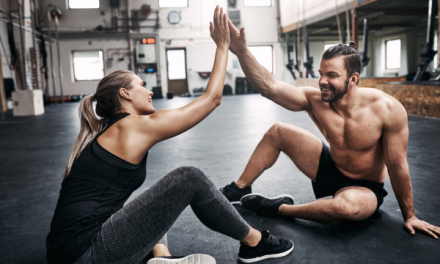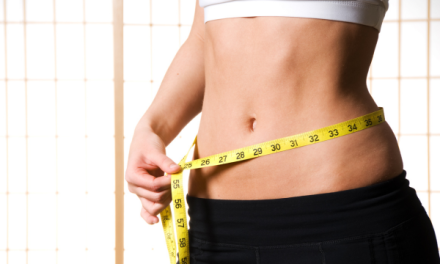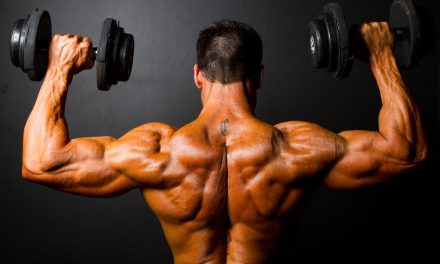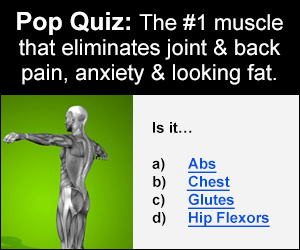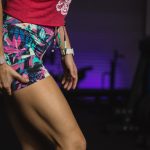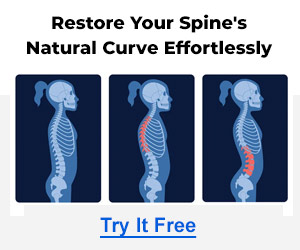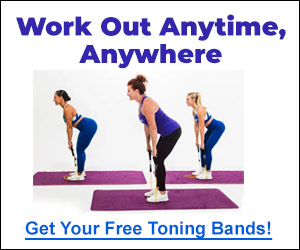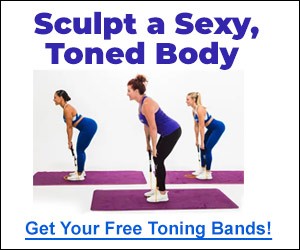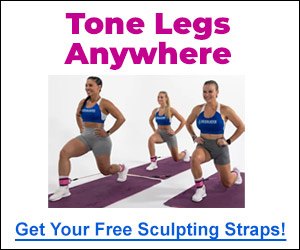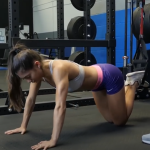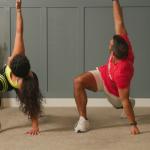I don’t mean looking forward into a mirror since that doesn’t reveal much about your form. It’s from the side that you can really see what’s going on with your spine while pulling some weight.
So that you have a good understanding about what I’m going to discuss, do yourself a favor and set up a camera (or have a friend take a video) and record yourself doing a deadlift from the side. Get a couple of reps and watch yourself a few times.
What did you see? What did your head and neck look like from start to finish? Were you looking forward?
Regardless of techniques like conventional or sumo deadlift one thing must remain the same and that’s having a neutral spine. The spine of course is essential in all that we do and to maximize our performance, we need to be in optimal position as often as we can.
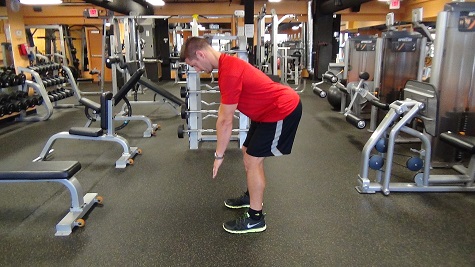
FHP or Forward Head Posture is a problem affecting approximately 90% of people in America. We look down so much at our cell phones, personal computers, tablets and don’t even realize the damage we are causing our cervical spine. It can also be found while driving since many people sit without ever using their head support. You are driving with forward head position.
With all of this ugly forward head position in our lives we create an imbalance in the muscles supporting the head. I think we can all agree that the head is fairly important in our lives so fixing this issue is imperative for not only improving performance but overall quality of life.
So now we go from this ugly forward head position or “texting neck” all day to the other extreme while executing the deadlift. Let me explain.
The nasty habit that is found in gyms across the world is that ‘head up looking at the horizon’ approach to deadlifting. As athletes, we are always told to ‘look ahead’ and ‘don’t drop your head’ and that is usually good advice in most sports but NOT when it comes to the deadlift.
When the body hinges at the hips in preparation to pull weight from the floor, the spine is no longer vertical but angled forward. The angle can vary from person to person but all things considered, the body is somewhere near a 30-45 degree angle just before the lift begins.
So why lift the head to look straight ahead? Because it just “feels” right and you’re so used to looking into the mirror or at the wall you don’t even realize you’re doing it.
But don’t be fooled, sometimes we let our eyes have too much influence over our bodies. In this stationary exercise, it is MUCH more advantageous to maintain proper spinal alignment which means our head lines up perfectly with our mid and lower back down to our hips.
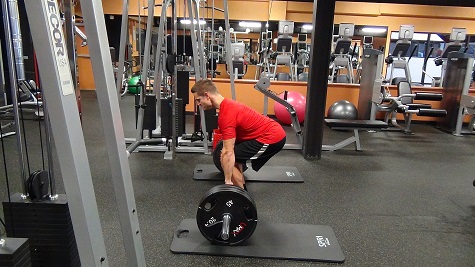
There is a very simple test you can perform in minutes to FIX this technique problem. You will have to grab a friend to assist with this.
Place a foam roller or wooden dowel against your head, back and butt and have your buddy hold that in place as you go through a rep. The key is to keep all 3 points touching the stick or roller the entire rep. If the head, mid-back or glutes pull away from the object then that is what you need to fix. In most cases, it’s the head that’s the issue.
Here is why this is a problem.
Cranking the neck and lifting the head puts unnecessary pressure on the cervical spine and wastes energy that should be in the back, shoulders and hips. This ugly bending of the head to focus your vision on the horizon can lead to neck pain and a decrease in performance.
Since our neck holds our head on our body, I would say that placing it in uncompromising positions especially while performing maximal lifts is a very wise choice.
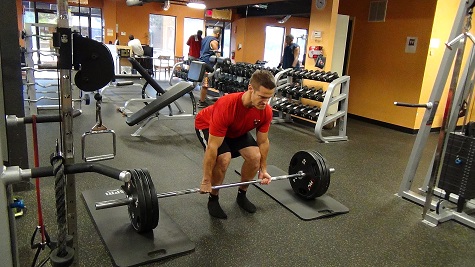
Avoiding ugly head position ensures proper breathing (unrestricted airway), better nerve messaging from the brain to the body and helps to avoid unwanted strains and pains that may occur in the muscles supporting your head like your traps, scalene and sternocleidomastoid muscles.
Your chin should stay tucked in the entire movement. The thing to remember is that you cannot have any leaks of energy. If your head is raised and your cervical spine is bent, that is a leak. You wouldn’t twist or rotate your head while doing a squat or bench press, would you? No.
The chin tuck from beginning to end helps your spine brace itself against the load and perform the deadlift in optimal spinal position. If the deadlift is important to you and you do it repeatedly, this simple correction could mean the difference in a new PR or a few extra reps on a heavy set.
This proper spinal alignment should become habit in all phases of your life. Tuck your chin and sit tall when working at your desk, driving your car or sending a text. Bring some balance back to your abused and damaged neck muscles and FIX your ugly forward head posture.
